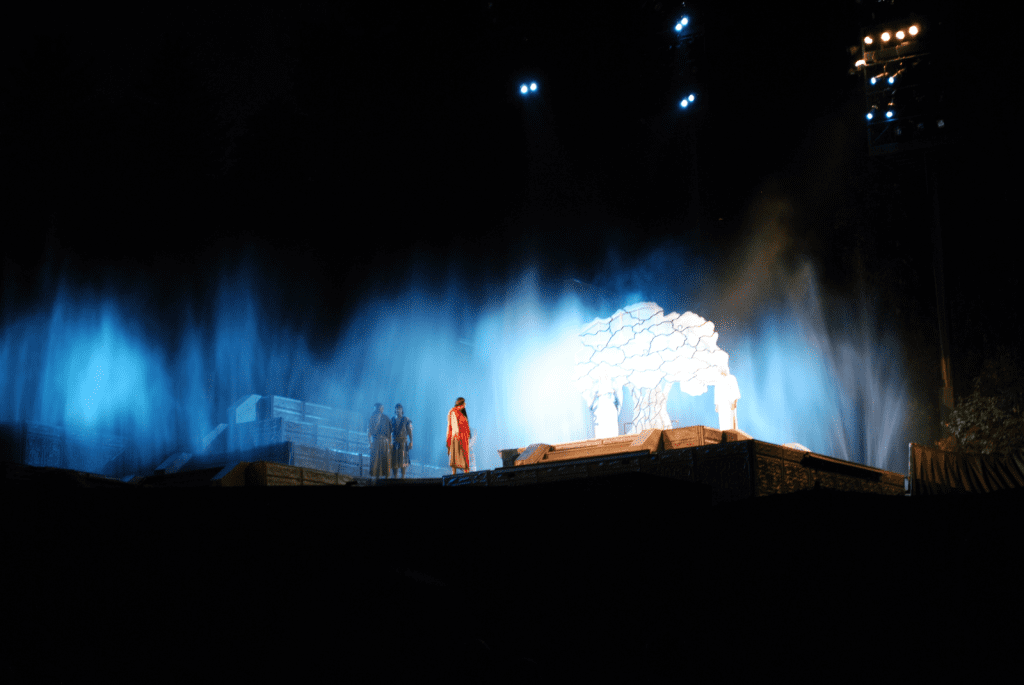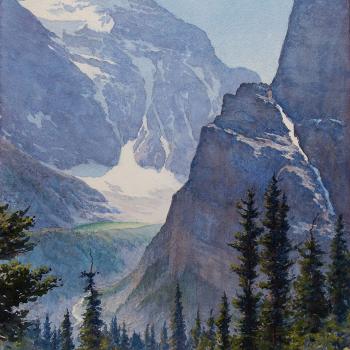
(Wikimedia Commons public domain)
Continuing with notes derived from John W. Welch, et al., eds. Knowing Why: 137 Evidences That the Book of Mormon Is True (American Fork: Covenant Communications, 2017), 29-32:
Chapter 10 of Knowing Why is titled “Why Would Lehi Offer Sacrifices outside Jerusalem?” (29-30)
Some critics have charged that the Book of Mormon cannot be authentic because Lehi built a stone altar and made an offering in gratitude to God at a distance of three days’ travel outside of Jerusalem, where the temple stood. This appears to violate a prohibition at Deuteronomy 12:5-6, 10-11, 13-14 against offering sacrifices anywhere but in the temple.
Drawing on work by David Seely, however, this article points out that altars and even small Israelite temples continued to be built and sacrifices continued to be offered despite the prohibition of Deuteronomy 12. (I’ve been to the locations of four such temples myself, including one in Upper Egypt.) This suggests to Professor Seely that the intent of Deuteronomy 12 may not actually have been to altogether ban sacrifices outside the Jerusalem sanctuary. Even more broadly, he theorizes that the ancient interpretation of Deuteronomy 12 might have seen the prohibition as applying only to the land of Israel proper. (Lehi was probably outside the scriptural/historical boundaries of that land.)
The Qumran Temple Scroll (11QT) specifically notes that sacrifices should not be offered outside of the temple within three days of Jerusalem — and Lehi had traveled for . . . three days.
Professor Seely further observes that holders of the Melchizedek wouldn’t necessarily have been covered by a ban aimed essentially at Levitical priests.
Chapter 11 of Knowing Why answers the question “What Kind of Fruit is White?” (31-32) and is obviously linked to 1 Nephi 8 and 1 Nephi 11.
At 1 Nephi 8:11, Lehi is impressed, among other things, by the whiteness of the tree of life. This chapter provides ancient parallels to that whiteness and then cites the British non-LDS biblical scholar Margaret Barker:
“Do the revelations to Joseph Smith” fit, she asks, in the “context” of “the reign of King Zedekiah . . . [who] was installed as king in Jerusalem in 597 BCE?” She then offers several examples that seem to confirm that “the revelation of history to Joseph Smith” in the Book of Mormon “is not out of character” with the ancient Israelite world. “Imagine my surprise,” she says, “when I read the account of Lehi’s vision of the tree whose white fruit made one happy.” “This revelation to Joseph Smith was the ancient Wisdom symbolism, intact, and almost certainly as it was known in 600 BCE.”
Joseph Smith was one lucky guy.
***
My friend and colleague Ralph Hancock has a worthwhile piece in the Deseret News:
“Donald Trump, President Monson and the times we live in”
***
I myself have a considerably less interesting article in the Deseret News:
***
Scarcely news:
“Evangelicals And Mormons Are Political Allies, But Theological Rivals”
For the record, I consider Evangelicals to be genuine Christians, despite their errors and shortcomings. (Tongue firmly in cheek.)
***
From, of all places, The Irish Times:
“America at Large: Muhammad Ali and the Mormon senator”
***
And, finally,
“The Progressive Art of Shaming Mormons”












